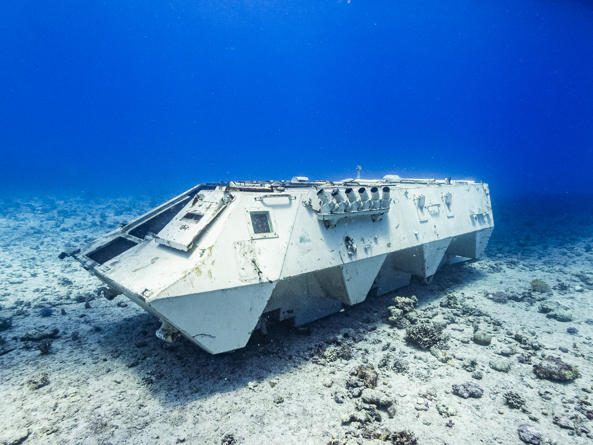Creating New Dive Sites in Hurghada: Alleviating Pressure on Natural Corals
Hurghada, situated on the beautiful Egyptian Red Sea coastline, is renowned for its stunning coral reefs and vibrant marine life. However, the popularity of diving in this area has led to increasing pressure on the natural corals. With the number of dives exceeding 200,000 per year, well beyond the recommended rate of 22,000 dives, alternative measures need to be taken to preserve these invaluable ecosystems.
The Need for New Dive Sites:
Preservation of Coral Reefs:
The establishment of new dive sites allows for a redistribution of diving activities across a larger area. This reduces the concentration of divers on specific sites and enables the natural corals to recover and regenerate.
Preventing Physical Damage:
Excessive diving near existing sites can result in physical damage to the corals, leading to their degradation and loss. By creating new dive sites, divers can explore different areas, minimizing the impact on any one particular reef and protecting its fragile ecosystem.
Promoting Biodiversity:
New dive sites offer a chance to explore previously unexplored areas, potentially revealing unique species and habitats. This promotes biodiversity and ensures a more varied diving experience for enthusiasts, while also reducing the strain on existing marine ecosystems.
Sustainable Tourism:
By offering divers new and exciting sites to explore, Hurghada can attract a wider customer base and reduce the strain on popular diving spots. This encourages sustainable tourism practices, ensuring the long-term viability of the diving industry while protecting the environment.
The Process of Creating New Dive Sites:
Site Selection:
Thorough research, extensive surveys, and consultations with marine biologists and conservationists are conducted to identify suitable locations for new dive sites. Factors such as biodiversity, accessibility, and existing marine life populations are taken into account.
Design and Implementation:
Once potential sites have been identified, careful planning goes into creating artificial reefs, as well as enhancing and protecting existing ones. Expert teams collaborate to deploy structures that mimic natural coral formations, providing a sustainable habitat for marine life and an appealing dive experience for enthusiasts.
Promotion and Education:
Raising awareness about the importance of utilizing new dive sites is crucial. Effective marketing campaigns, together with educational programs for divers, emphasize the benefits of exploring these locations and the need for sustainable diving practices to protect the natural corals.
Conclusion:
Creating new dive sites in Hurghada is an essential strategy for alleviating the pressure on natural corals caused by the increasing number of dives. By spreading dive activities across a wider area and focusing on sustainable practices, we can protect and preserve these delicate marine ecosystems for future generations to explore and enjoy.



